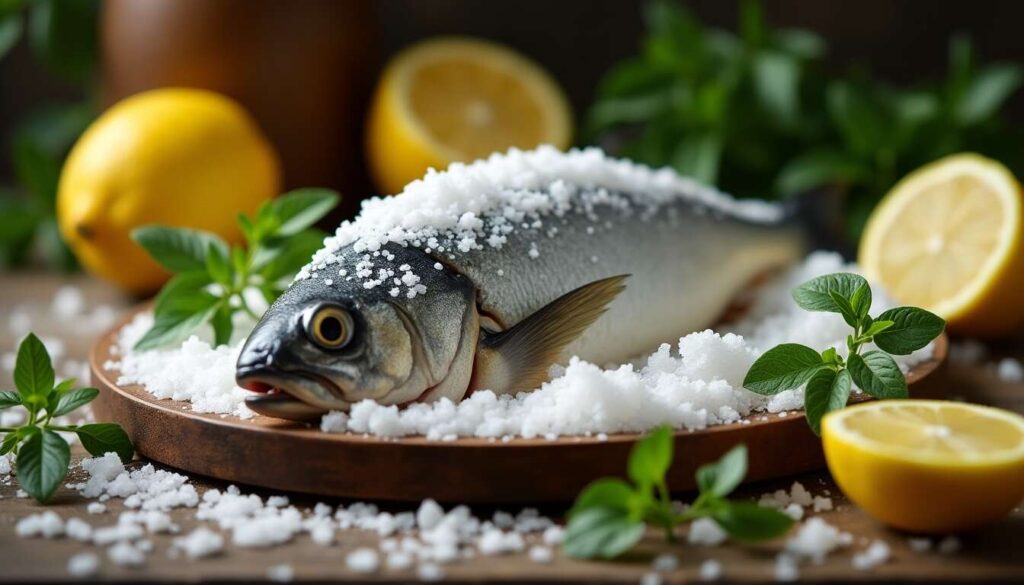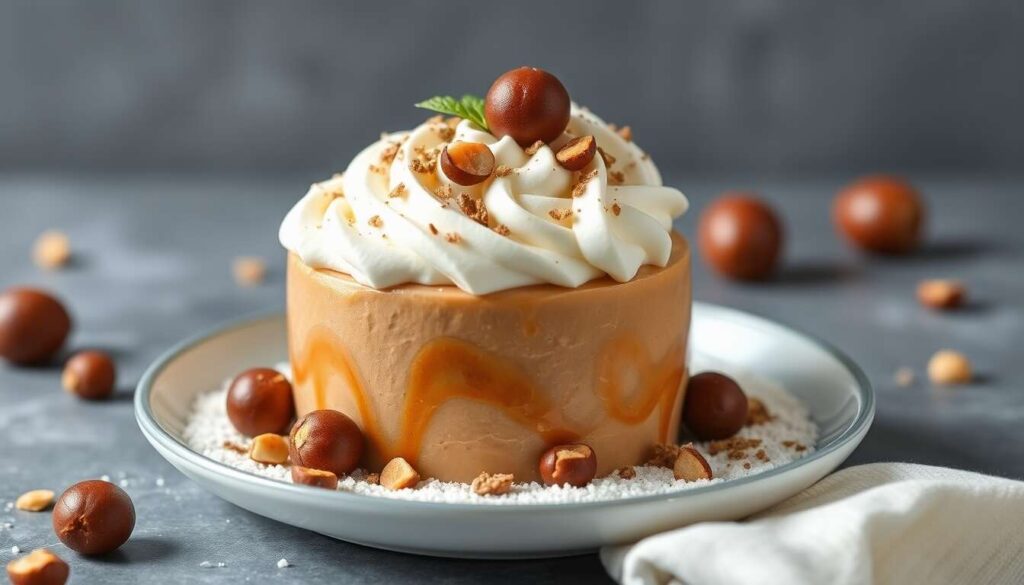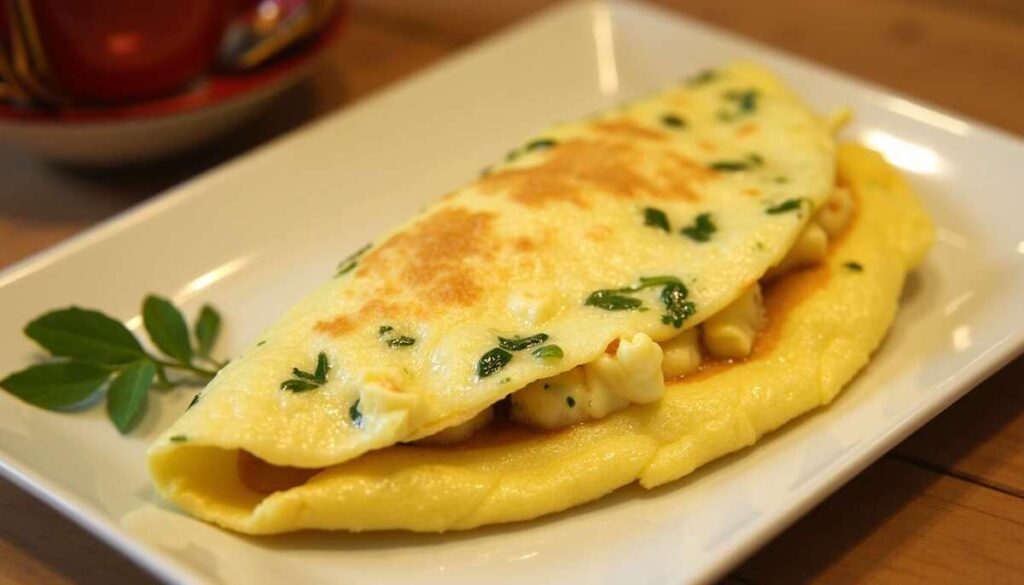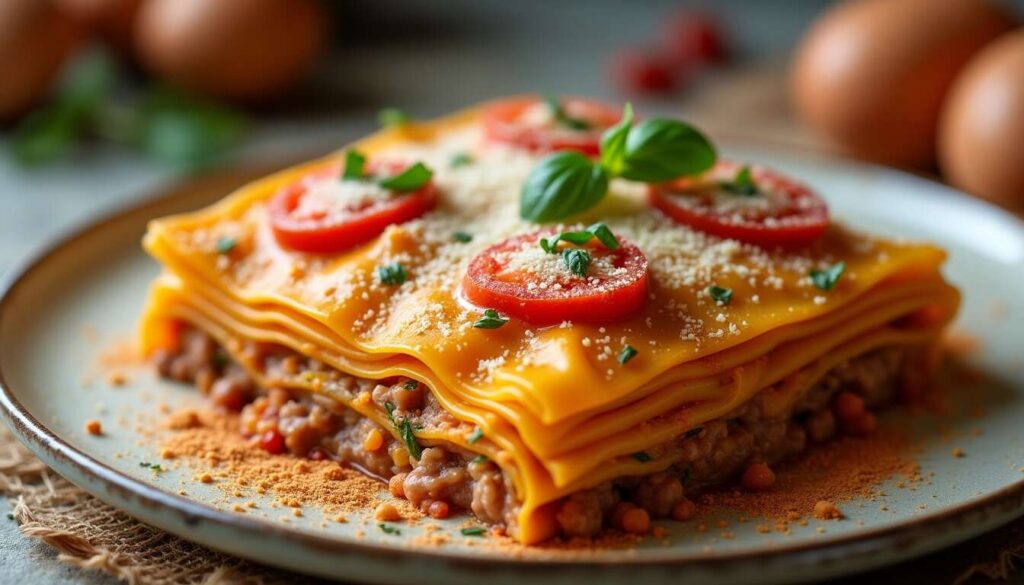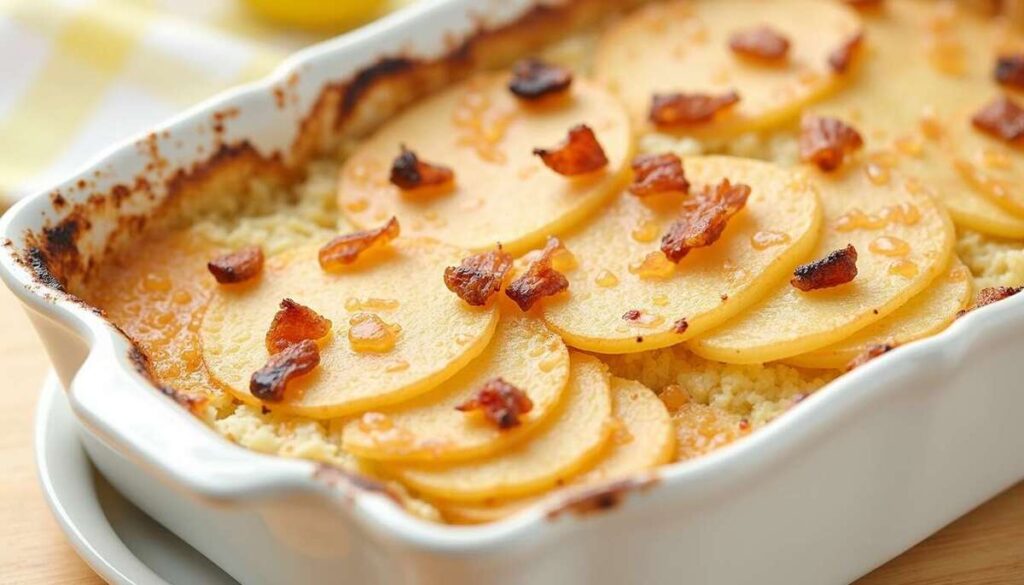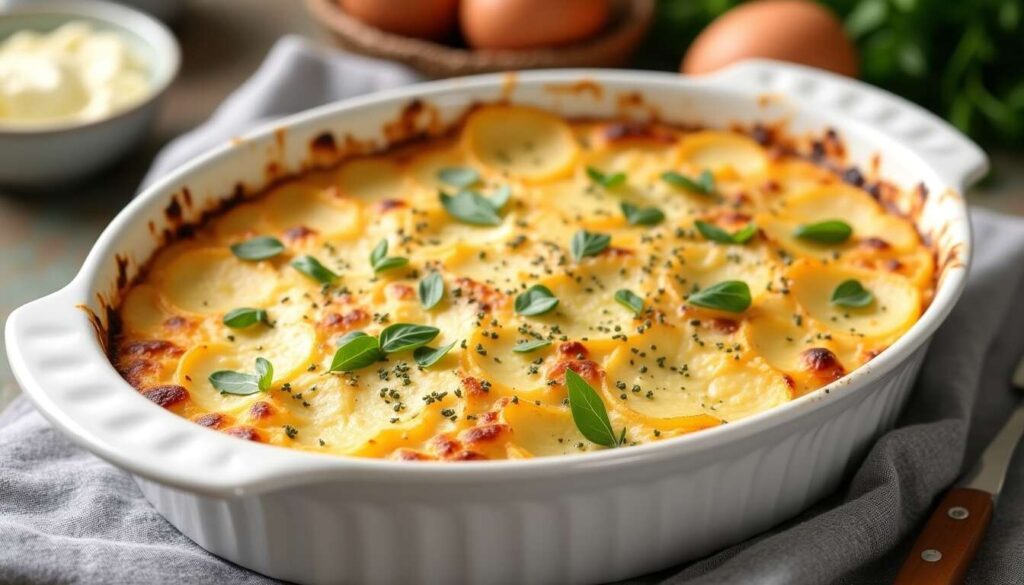Salt cooking, an age-old technique, is making a resurgence in modern kitchens today due to its impressive results and nutritional benefits. As of April 11, 2025, here’s an overview of the key aspects of this method. Rooted in culinary history, it offers considerable advantages, allowing ingredients to shine in contemporary dishes.
Historical Origins of Salt Cooking
Evolution of an Ancestral Technique
Salt cooking, or cooking in a salt crust, is a culinary method with ancient roots. This practice goes back to antiquity and was originally based on salt’s ability to preserve food, ensuring its freshness over extended periods. Over time, it evolved to become not only a means of preservation but also a beloved cooking method.
A Culinary Art Across the Ages
Renowned chefs like Alain Passard and Jean-François Piège have embraced this technique to maintain both the flavor and texture of ingredients. The method has traversed the ages, transitioning from royal kitchens to modern dining tables while retaining its original essence. Mediterranean and Asian communities, for instance, have refined this technique over the centuries.
Let us now explore how this unique method offers astonishing benefits that today’s food enthusiasts are rediscovering with great enthusiasm.
Benefits and Characteristics of Salt Cooking
Preservation of Nutrients
One of the major advantages of cooking in a salt crust is the preservation of nutrients. By encasing the food in a salt crust, this method helps retain vitamins and minerals that would otherwise be lost through traditional cooking methods. This technique supports a healthy diet while allowing for delightful, gourmet dishes.
A Method Without Fat
Without the need for oil or butter, cooking is done without fats, making dishes lighter while maintaining unparalleled tenderness. This makes it an ideal choice for those seeking a balanced diet without sacrificing flavor.
Ease of Execution
The simplicity of salt cooking should not be underestimated. Accessible even to the least experienced cooks, this technique requires minimal preparation: the ingredient is simply covered in salt and left to cook. This allows for time savings for other preparations or simply the opportunity to relax.
With these benefits in mind, let us now address the choice of salt, a crucial element for ensuring the success of these culinary preparations.
How to Choose the Right Type of Salt for Cooking
Different Types of Salt Available
Several types of salt can be used for cooking in a crust. Coarse sea salt, due to its larger grains, is popular for this method as it forms a solid crust during cooking. However, some may opt for Himalayan pink salt or Guérande salt, each offering a subtly different flavor.
Factors to Consider When Choosing Salt
When selecting salt, it is essential to consider:
- The texture of the salt: A grain that is too fine may dissolve before forming the crust.
- The origin and purity of the salt, which impact the final taste.
- The price and availability, as some specialty salts may be more expensive.
This attention to detail can make all the difference in the success of your dish.
Armed with the best knowledge about salt, let’s now explore the concrete steps to ensure a successful salt cooking experience.
Essential Steps for Successful Salt Cooking
Preparation of Ingredients
The preparation of ingredients is crucial for ensuring successful salt cooking. It is customary to choose fresh foods, whether meat, fish, or vegetables. Next, the ingredient must be well dried to help the salt adhere properly, creating a sealed barrier that retains steam.
Assembly and Cooking
Once the ingredient is ready, prepare the salt mixture. Typically, a ratio of two parts salt to one part water is sufficient. You may add herbs and spices to infuse additional flavors, such as rosemary or thyme. The dish is then placed in a moderate oven for gentle, even cooking.
Unmolding and Serving
After cooking, let the dish rest before breaking the salt crust. This process captures the flavors and moistens the cooked food. A decisive strike is all it takes to break the crust and reveal the delicately cooked dish, ready to be savored.
Now, to elevate the flavor of your dishes to the next level, let’s explore tips for making the most of this technique.
Tips for Enhancing Flavor with Salt Cooking Method
Choosing Complementary Flavors
Enhancing the depth of dishes cooked in a salt crust can be achieved by adding flavors. Fresh herbs, spices, and citrus are popular additions that enrich the taste. For example, lemon zest mixed with salt imparts a zesty, refreshing flavor to the dishes.
Optimizing Presentation
A part of the culinary delight lies in careful presentation. Serving a salt-crusted dish with contrasting accompaniments, such as a fresh sauce or a vinaigrette salad, can elevate the tasting experience. Unveiling the dish with a touch of theatricality during service also adds to the experience.
Using Flavored Salts
For the more adventurous, using flavored salt available at gourmet shops can transform a classic dish into a bold culinary creation. Whether it’s smoked salt or wine-infused salt, each addition offers a different layer of flavor that is even more surprising.
With these tips in mind, you can experiment and delve into the many recipes that demonstrate the art of salt cooking. Let’s discover them together.
Must-Try Recipes with Salt Cooking
Legendary Fish in Salt Crust
One of the classic applications of this technique, fish in a salt crust remains a favorite among refined tables. Bass or salmon work exceptionally well, preserving their tender texture and subtle flavor. Pair it with a beurre blanc for a perfect harmony.
Fragrant Meats
For those who prefer meat, try a veal tenderloin wrapped in coarse salt infused with pepper and dried flowers. These recipes combine finesse with concentrated flavors, perfect for memorable meals.
Vegetarian Experiments
Vegetables are not left out. Try new potatoes or carrots nestled in a spice- or herb-enhanced salt crust. The aromas mingle delightfully in a flavorful bouquet.
After these sensational recipes, our suggestion is to be aware of common mistakes to avoid ensuring culinary success with this method.
Mistakes to Avoid for Perfect Salt Cooking
Inadequate Use of Salt
One common mistake is using a too small amount of salt, which can result in a crust that is too fragile. It is crucial to use enough salt to ensure that the crust is airtight. Additionally, using salt that is too fine may lead it to dissolve during cooking.
Poor Selection of Ingredients
It is essential to avoid ingredients that are too moist, as the salt crust will not form a sufficient barrier, allowing steam and juices to compromise the texture of your preparation. Opt for well-dried ingredients.
Cooking Time and Temperature
Overcooking or cooking at an inappropriate temperature can spoil the dish. Practice and experimentation help refine this technique. It is best to start with moderate temperatures to achieve reliable results.
With these common errors in mind, you are now equipped to explore salt cooking with confidence.
This fascinating method offers an authentic way to rediscover food, and it is clear that salt cooking presents an appealing alternative in modern cuisine, blending tradition and respect for nutritional elements. This technique, which delivers stunning results, deserves to be rediscovered and integrated into contemporary culinary practices. Both amateur and professional chefs can appreciate not only the simplicity of the method but also the delicious dishes it enables. In a world where health and flavorful cooking have become priorities, salt cooking perfectly meets these expectations.

